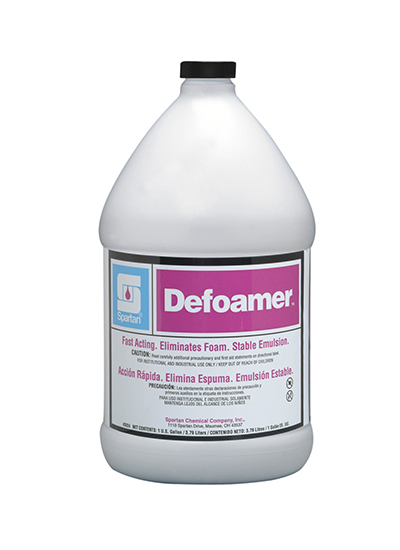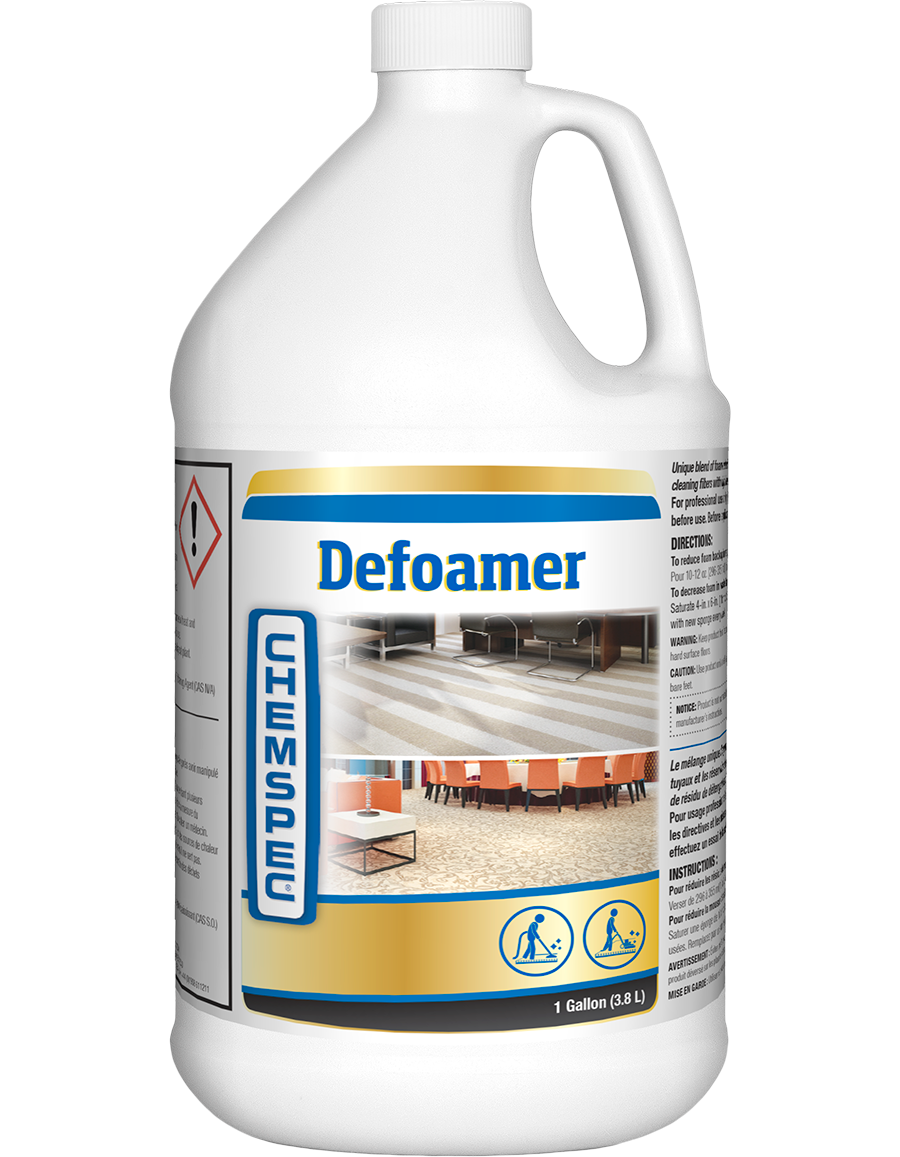The Function of Chemical Defoamer in Water Treatment Processing
The Function of Chemical Defoamer in Water Treatment Processing
Blog Article
How a Chemical Defoamer Can Boost Effectiveness in Your Workflow and Procedures
In today's competitive commercial landscape, operational effectiveness is vital, and the function of a chemical defoamer can not be ignored. By attending to foam-related obstacles that interrupt procedures, defoamers not just facilitate smoother procedures however also contribute to set you back financial savings and enhanced product quality.
Understanding Chemical Defoamers
Chemical defoamers play a critical function in various commercial procedures by properly stopping and lowering foam formation. Frothing can lead to operational inadequacies, increased manufacturing costs, and endangered item quality. Defoamers are specialized chemical additives developed to disrupt the stability of foam bubbles, thereby allowing smoother handling and improved efficiency across a number of markets, including food and drink, drugs, and wastewater therapy.

These agents generally are composed of surfactants, oils, or polymeric substances that reduced the surface stress of the liquid, facilitating the collapse of foam. The system by which defoamers run often entails the destabilization of foam structures, permitting quicker water drainage of fluid and the launch of trapped air. Different formulas are customized to details applications, thinking about factors such as compatibility with the system, temperature, and the nature of the liquid being treated.
Comprehending the make-up and performance of chemical defoamers is vital for choosing the appropriate product for an offered application. By enhancing defoamer selection based upon procedure requirements, sectors can enhance functional effectiveness, minimize foam-related challenges, and inevitably enhance overall productivity.
Advantages of Making Use Of Defoamers
Utilizing defoamers can significantly boost operational effectiveness across numerous markets by efficiently mitigating foam-related concerns. The existence of foam can interfere with procedures, bring about boosted downtime, decreased performance, and potential high quality deterioration in end products. Defoamers assist battle these challenges by breaking down foam frameworks, thus enabling for smoother procedures.
Among the main advantages of making use of defoamers is the decrease of waste and rework. By minimizing foam development, defoamers boost the uniformity of procedures, ensuring that materials are made use of successfully. This not just reduces functional costs however also adds to sustainability efforts by minimizing resource intake.
In addition, defoamers can enhance product high quality. In manufacturing setups, excessive foam can cause inconsistencies in item features, impacting customer fulfillment. By managing foam degrees, defoamers help keep the desired physical homes of items.

Applications in Different Industries
The effectiveness of defoamers prolongs across a large range of industries, where their application addresses particular foam-related challenges integral per field. In the food and drink sector, defoamers are vital for maximizing production processes, such as brewing and milk handling, where extreme foam can prevent flow prices and lower effectiveness. By lessening foam, these representatives enhance product quality and uniformity.
In the chemical manufacturing market, defoamers are employed in processes like paint production and wastewater therapy. Here, they protect against foam formation that can hinder mixing and different stages, therefore enhancing the total effectiveness and performance of operations.
In drugs, defoamers play an essential role in the formula of fluid medicines, guaranteeing proper dosage and stability by controlling foam throughout mixing and storage space. (Chemical Defoamer)
Additionally, in the agricultural sector, defoamers are utilized in chemical great site solutions to improve application effectiveness and decrease waste.
Selecting the Right Defoamer
Selecting the proper defoamer is critical for achieving optimal efficiency in various applications. The selection procedure must begin with a thorough understanding of the details problems handy, consisting of the sort of foam existing, the processing conditions, and the chemical compatibility with other solution elements.
Defoamers are formulated from visit this web-site a range of materials, including silicone, mineral oils, and fatty acids. Identifying the appropriate structure is vital, as different materials display differing performance in diverse settings. Silicone-based defoamers are commonly favored in high-temperature applications due to their security, while organic defoamers may be more suitable for water-based systems.
Additionally, consider the defoamer's influence on the final item. Some solutions can modify the aesthetic or functional residential or commercial properties, making it imperative to pick a defoamer that fulfills product specs without compromising top quality.
Examining is an additional crucial action in picking a defoamer. Small trials can offer useful insights right into the defoamer's performance, enabling adjustments before full-scale implementation. By very carefully evaluating these aspects, companies can boost efficiency and make certain that the defoamer successfully meets their operational needs.
Finest Practices for Execution
Implementing a defoamer properly needs cautious planning and adherence to ideal techniques to maximize its performance. Conduct a thorough analysis of the certain application and foam directory characteristics. Understanding the kind and resource of foam will assist the option of the most ideal defoamer formulation.
Following, establish the optimal dose (Chemical Defoamer). Begin with a small trial to determine the minimal effective focus, as extreme use can lead to adverse results on item high quality or functional efficiency
Monitoring and changing the application method is important; ensure that the defoamer is introduced at the appropriate point at the same time for optimal impact, such as during blending or instantly after foam development.

Furthermore, maintain clear communication with all relevant employees to guarantee regular application techniques and to share understandings on performance end results.
Verdict
In final thought, the application of chemical defoamers plays a pivotal role in improving functional effectiveness across diverse sectors. Ultimately, the consolidation of defoamers right into commercial processes fosters reliability and contributes to general efficiency improvement.

In the food and drink market, defoamers are vital for maximizing manufacturing procedures, such as developing and milk handling, where excessive foam can impede flow rates and minimize performance. Silicone-based defoamers are usually favored in high-temperature applications due to their security, while organic defoamers might be a lot more ideal for water-based systems.
Report this page